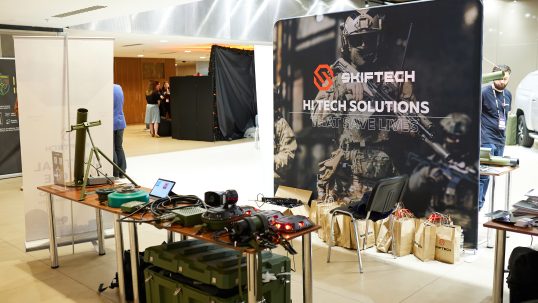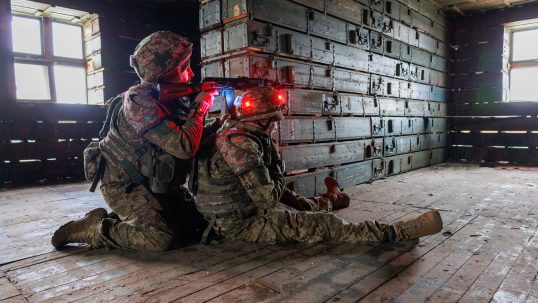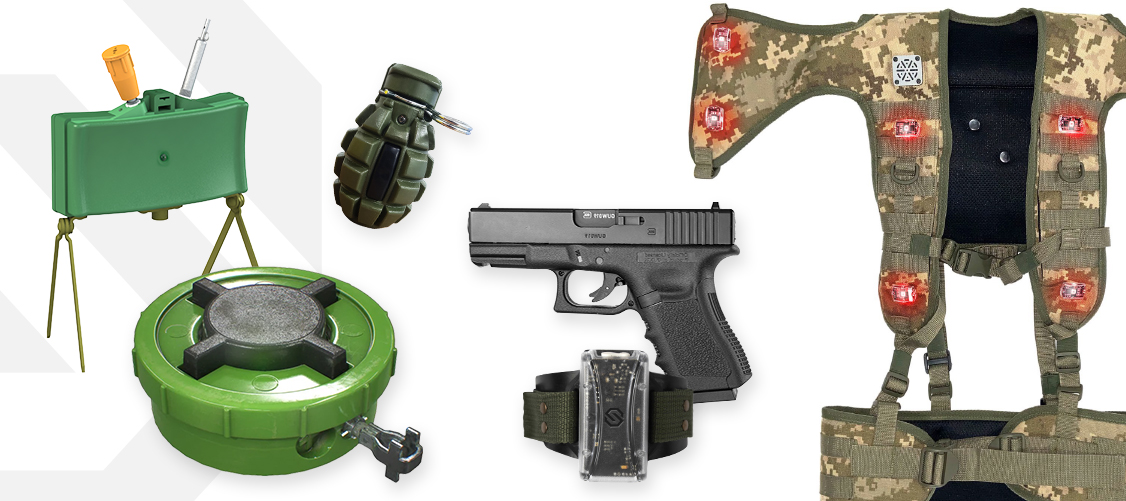
The development of tactical trainers is a complex process that requires the coordinated efforts of many departments. The successful creation of a trainer includes several key stages, each responsible for a specific part of this process. Below are the main stages of tactical trainer development and the involvement of various company departments at each stage.
Design
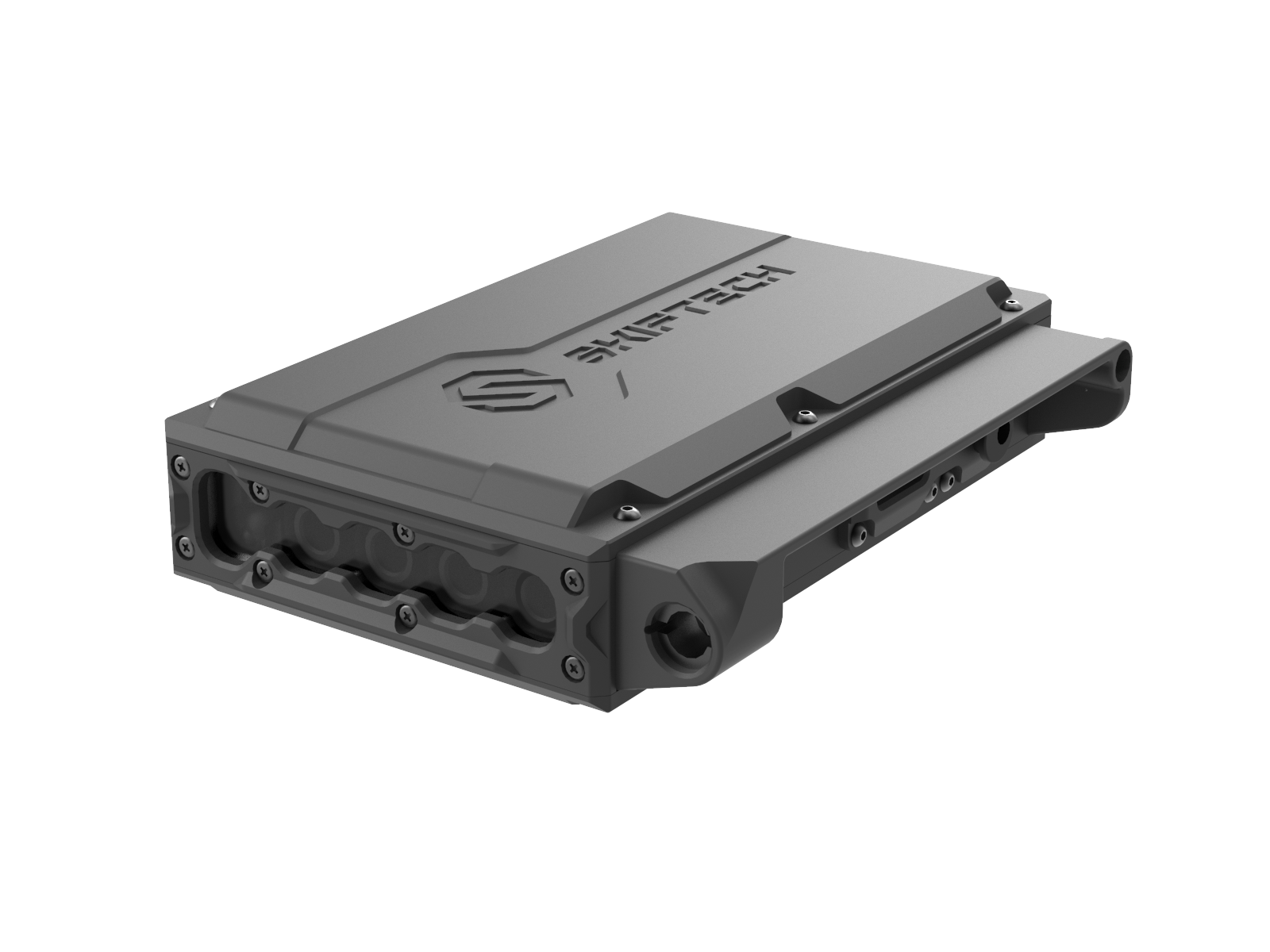
The process begins with the design bureau. This department is responsible for creating the project of the future trainer, including the selection of appropriate materials, development of schematics, and prototypes. Designers explore different options, selecting the best ones for further development. At this stage, it is essential to consider all technical requirements to ensure high quality and functionality of the equipment.
Software development

After the design phase is completed, the development team takes over the creation of the software for the trainer. This includes developing both the internal software for the operation of the equipment and the external applications that interact with users. Programmers develop algorithms, simulations, and interfaces to provide a realistic and efficient trainer operation.
Testing
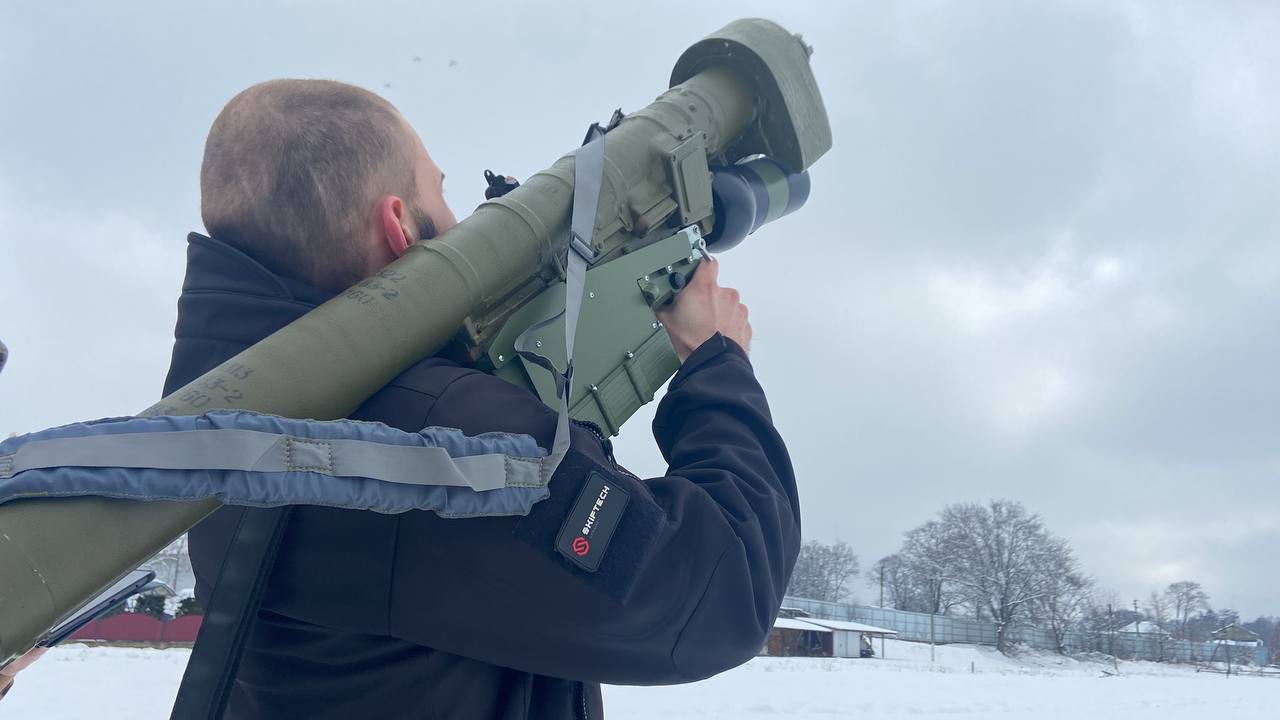
The Quality Assurance (QA) department conducts multi-stage testing of the equipment and software. It is crucial to identify and correct all possible defects at this stage. Testing includes both laboratory tests and field trials to evaluate the trainer’s performance in real conditions. QA conducts functional, load, and security testing to ensure the product’s reliability and stability.
Manufacturing
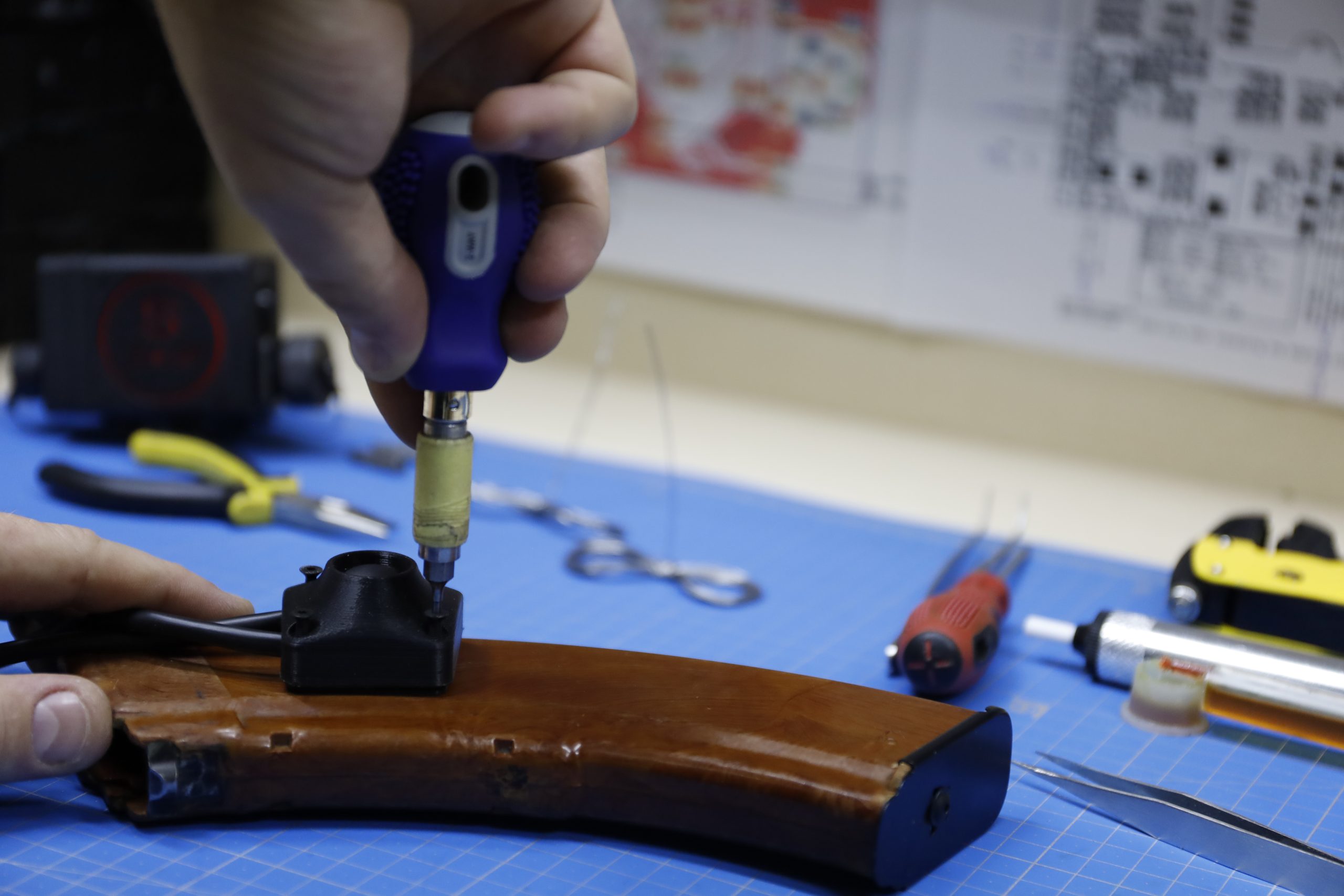
The next stage is the production of the trainer components. Our manufacturing department produces almost all the parts in-house, from electronic components to housings. This allows us to control quality at all production stages and ensure compliance with all standards.
Assembly
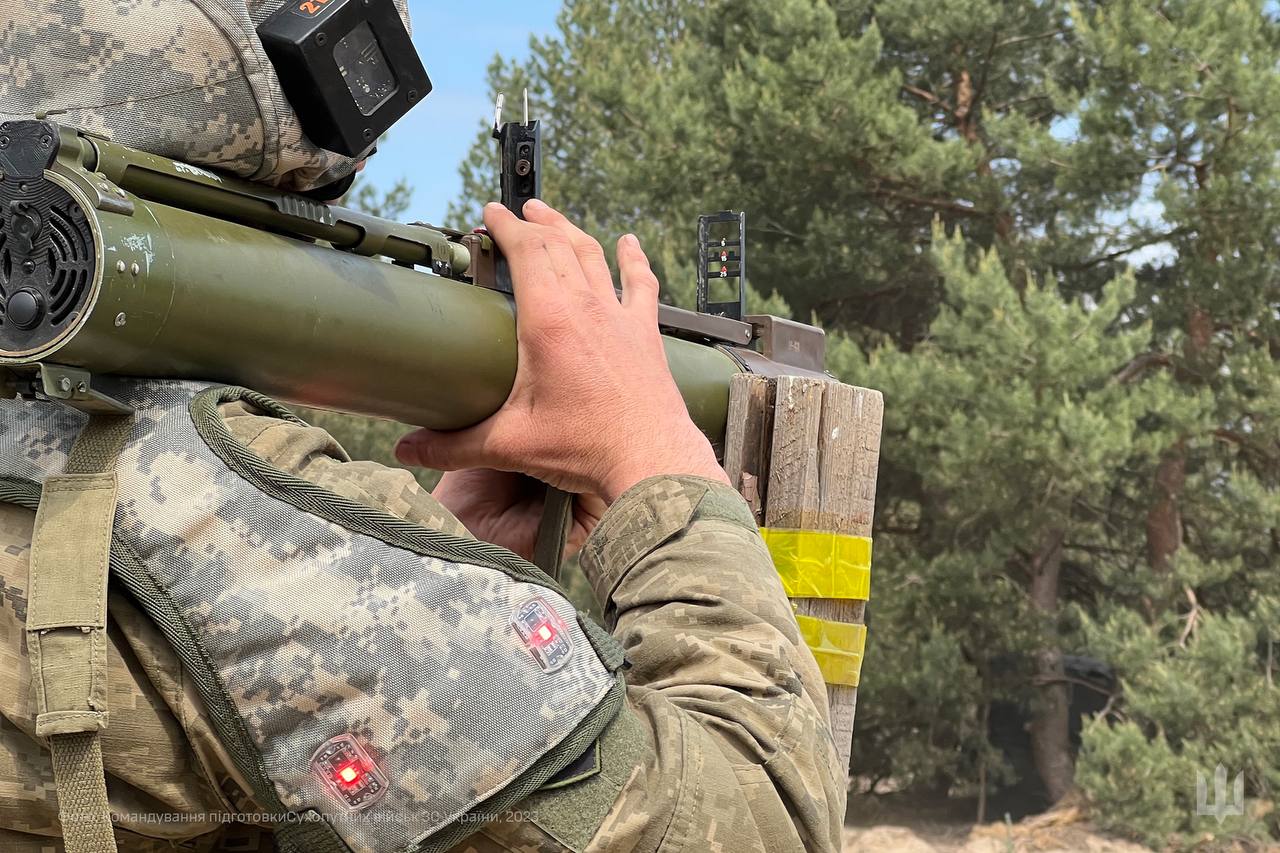
After all necessary components are manufactured, the assembly department assembles the trainer. Specialists in this department work manually, which helps to avoid many defects that can occur with automated assembly. Manual assembly ensures high precision and quality of the final product.
Logistics
After assembly is completed, the finished trainer is handed over to the logistics department. This department is responsible for transporting the equipment to any part of the world. Thanks to established logistics processes, we ensure fast and safe delivery of trainers to our customers.
Installation and training
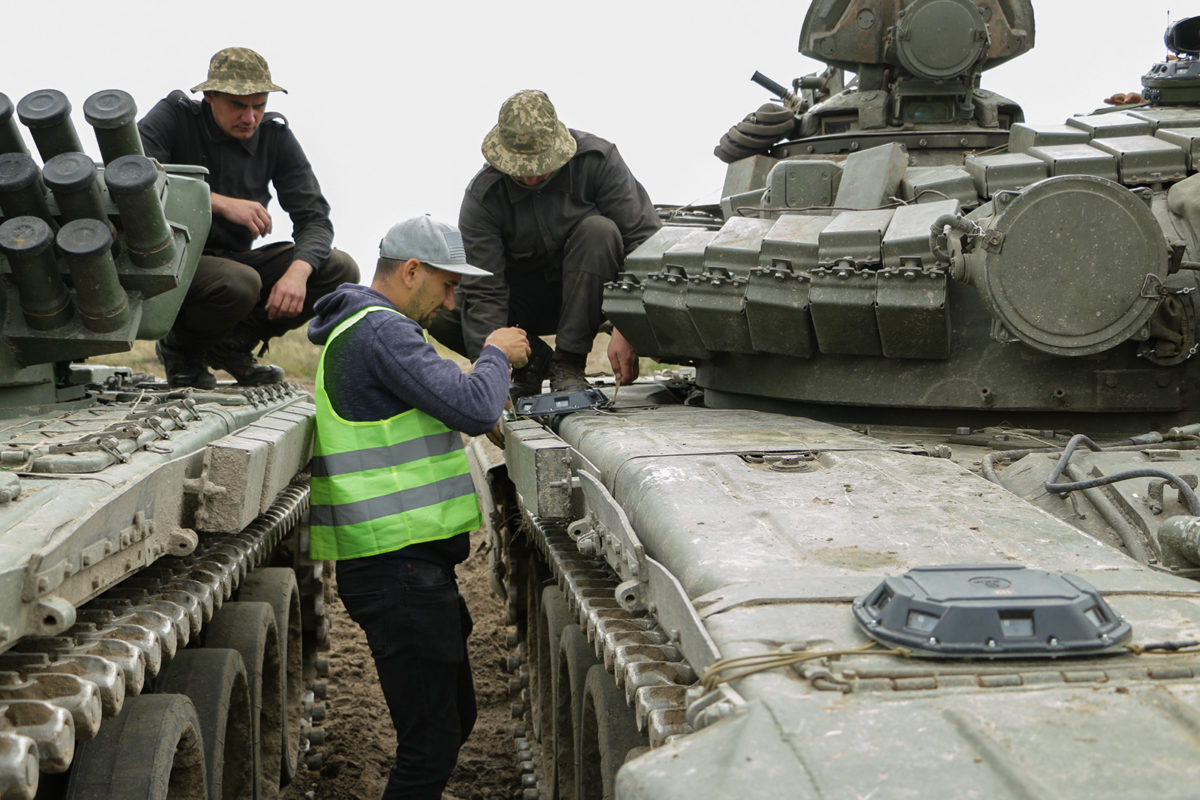
After the trainer is delivered, our team of field specialists handles on-site installation and customer staff training. They help set up the equipment, conduct briefings, and answer any questions that may arise during the trainer’s operation.
Technical support
In the final stage, our technical support department provides remote assistance to customers. They are ready to answer any questions and resolve issues that may arise during the trainer’s use. This ensures continuous and efficient operation of our equipment.
The development of tactical trainers is a complex, multi-stage process that involves the work of several company departments. From design and software development to testing, manufacturing, assembly, logistics, installation, and technical support, each stage is crucial for creating a high-quality and reliable product. Through the coordinated efforts of all departments, we ensure the production of trainers that meet the highest standards of quality and efficiency.
